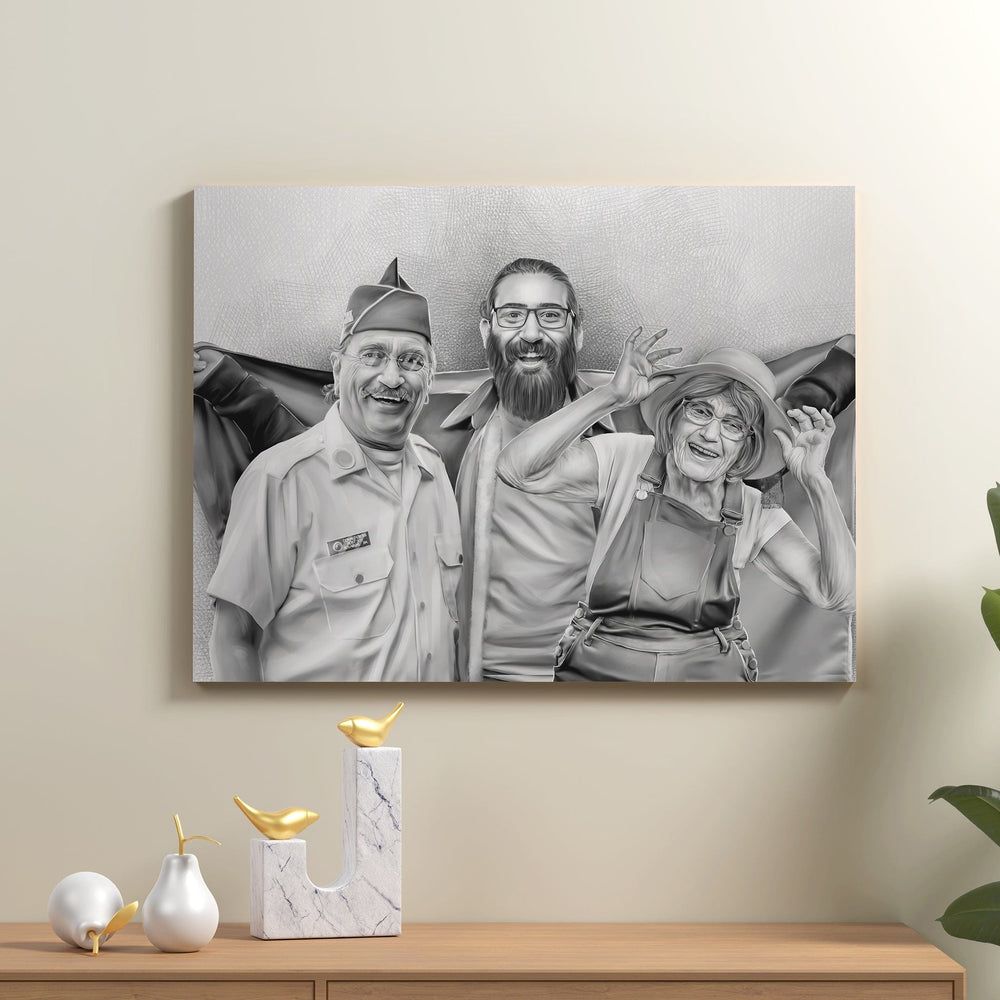How to Plan a Funeral: A Step-by-Step Guide

If you know how to plan a funeral, you can make it meaningful, even if it is an emotional time. It is important to remember that a funeral service provides comfort and closure to the deceased's family. It is also a celebration of the life of our loved ones.

Importance of Preparation and Planning a Funeral
The funeral planning process is not something that should be rushed or taken lightly. It requires thought, consideration, and sometimes difficult decisions. Taking the time to plan a memorial service for your loved one will help to ensure that their life and legacy are remembered in a respectful and dignified manner.
There are many important decisions to be made when planning a funeral. These include selecting a funeral home, choosing a casket or cremation urn, deciding on the type of service, and selecting a burial or cremation service. It’s also important to consider the cost of making funeral arrangements and any additional expenses such as funeral flowers, obituaries, and cemetery fees.
Having a funeral planning checklist in place can help to ease the burden of your loved ones and provide peace of mind knowing that the deceased's wishes are respected.
Different Types of Funeral Services
Burial arrangements are an important part of the grieving process. There are a variety of funeral arrangements available, and the type of funeral service chosen will depend on the wishes of the deceased, the religious beliefs of the family, and the budget available.
Religious Funeral Service
A religious service is typically held in a church, temple, or another house of worship. It involves some religious traditions. Depending on the religion, the funeral ceremony may involve prayer, readings from religious texts, hymns, and a sermon. It may also include a visitation period for mourners to pay their respects and share stories about the deceased.
Graveside Service

Get a memorable portrait of your deceased loved one here
Graveside services are held at the burial site of the deceased. They typically involve a brief ceremony, such as a prayer or eulogy, and may involve the scattering of ashes or other symbols of the deceased. A portrait of the deceased is usually displayed beside his casket.
Humanist or Non-Religious Funeral Service
Non-religious funeral services do not involve any religious elements. However, it may still include a ceremony, visitation period, and gathering of family and friends. The ceremony may include readings from literature, funeral poems, music, or simply a period of silence. It may also involve a eulogy, where family and friends can share stories and memories of the deceased.
Memorial Services
Memorial services are typically held after the body of the deceased has been cremated or buried. They may involve a religious or non-religious ceremony and a visitation period for mourners to pay their respects and share stories about the deceased. These are typically less formal than funerals and may be held in a variety of places, such as a park, garden, or the home of the deceased.
Steps to Planning a Funeral
Planning a funeral can be an overwhelming and emotional experience for those dealing with the death of a loved one. To help guide you through the process, here are the steps to arranging a funeral.
Choose a Funeral Home
The first step in funeral planning is to select a funeral home. It should provide the type of service you need, from a traditional burial to a more modern celebration of life. Make sure to ask about the services they offer and the funeral costs.
Select a Type of Service
There are many different types of services to choose from, and it can be a difficult decision to make. However, it is important to consider the wishes of the deceased. It is a way for the family to honor and remember their loved one. The type of service should reflect the values of the deceased.
Arrange The Service
Start by setting a date, time, and location for the service. Decide if you want to have a viewing or visitation prior to the service. Compose an obituary to be read during the service. This should include personal details about the deceased’s life and accomplishments.
Choose a Casket
Caskets come in a wide variety of styles, materials, and casket prices. Traditionally, caskets are made of solid hardwoods like oak or mahogany. Make sure the casket meets the requirements of the funeral home or cemetery. Different funeral homes and cemeteries have different requirements.
Purchase a Cemetery Plot
Some plots are just large enough to accommodate one casket, while others may be large enough to accommodate multiple caskets or a family monument. The size of the plot should be based on the number of people who may be buried there and the type of memorial monument desired.
Make Arrangements for Memorials

Honor your loved ones with a watercolor portrait
When planning a memorial service, you should consider how you will honor the deceased. This could include a memorial portrait, a special candle or flowers, or a special poem or other reading. You may also want to consider having a memory table with items that belonged to the deceased.
Tips on How to Plan a Funeral
Funeral planning can be a daunting and emotional task, but with a few tips, you can make the process easier.
Create a Budget
Funeral expenses can add up quickly. It’s important to create a budget to ensure your funeral plan is within your financial means.
Invite Family and Friends
Inform everyone about the funeral service. Consider the size of the venue and the number of people you can accommodate.
Make Sure All The Paperwork Is in Order
Ensure all the necessary documents and paperwork are complete before the funeral. This includes the death certificate, cemetery plot information, and any other documents related to the service.
The Grieving Process and How to Take Care of Oneself
The grieving process can be difficult, and it is important to remember that everyone grieves differently. It is important to be patient with yourself and allow yourself to go through the process, however long it may take.
Practicing self-care during the grieving process helps in healing and eventually finding peace and acceptance. This can include finding healthy ways to express your emotions, such as talking to a friend, journaling, or participating in activities that make you feel good.
Final Thoughts
While it is not something we like to think about, planning for one’s funeral can help those left behind cope with losing a loved one. Making the arrangements ahead of time can also ensure that the deceased get the type of service they want. A funeral is a time to celebrate the life of the deceased and to honor their memory.
Make a Memorial Service Meaningful Through Memorial Portraits
Incorporating memorial portraits into the service can create a lasting reminder of your loved one’s life. Share their memory with everyone in attendance through a memorial portrait from Memorialize Art. It can be displayed in a variety of ways. You may want to hang portraits on the walls of the funeral home, church, or near the grave site where the service is held.










